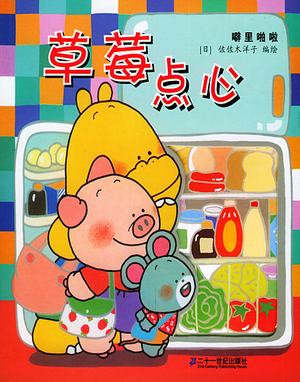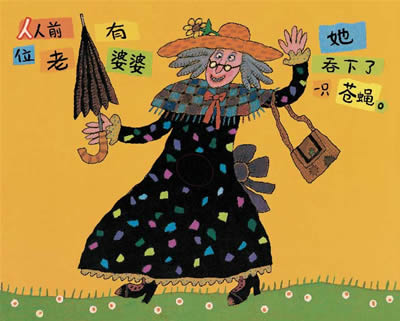Music can let children experience foreign language in a pleasurable and natural way. Young children are naturally “wired” for sound and rhythm. At Chinese with Meggie, music is an indispensable part in the classroom. Besides singing songs with the CD player, we sing catchy tunes while doing shared reading. Below are two examples:
1. 八只猴子(Eight Silly Monkeys)
The recreated lyrics:
五只猴子跳跳跳。 (Five little monkeys jumping on the bed.)
一只猴子掉下来, (One falls down on the ground.)
妈妈给医生打电话, (Mother calls the doctor.)
不可以在床上跳跳跳。 (The doctor says, no more monkeys jumping on the bed.)…..
We borrowed the tune from Five Little Monkeys written by A.J. Jenkins. Children have no difficulty picking up the following vocabularies and phrases when learning the song:
猴子(monkey), 跳 (jump), 医生 (doctor), 床 (bed), 打电话(make phone call),
掉下来 (fall down), 不可以 (not allowed to). And they will also learn to count numbers from 1 to 8.
2. 晚安,大猩猩(Good night, Gorilla)
The recreated lyrics:
猩猩偷走了钥匙,钥匙, 钥匙,猩猩偷走了钥匙,管理员不知道。
(Gorilla stole the key, key, key. Gorilla stole the key. The zookeeper doesn’t know)
猩猩放走了大象,大象,大象,猩猩放走了大象,管理员不知道。
(Gorilla let go the elephant, elephant, elephant. Gorilla let go the elephant. The zookeeper doesn’t know.)…..
The original song is the famous The Wheels On The Bus. The tune repeats the animal vocabularies a lot which makes it easy for children to memorize.
Click the following links and right click “save link as” to download the songs:




